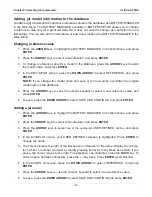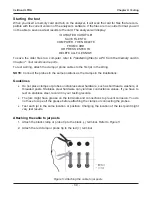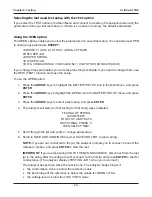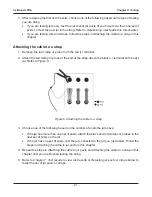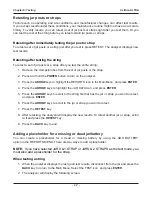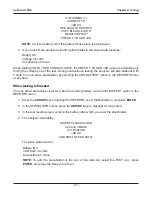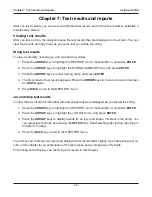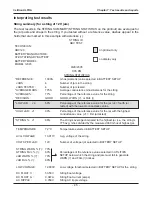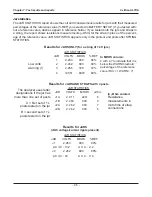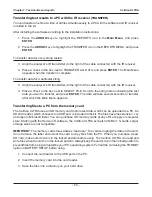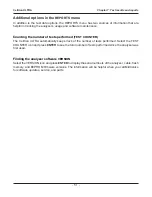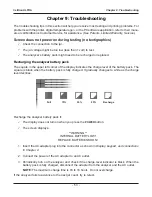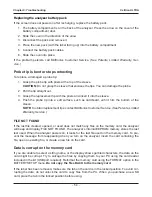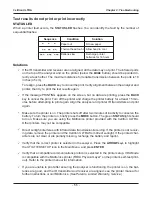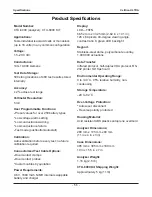
•
48
•
Determining the strength of the string
To help you determine the strength of the string, use the percentages of the reference value from
STRING SUMMARY
for all of the jar posts and straps. Table 7 lists ranges of reference value percent-
ages, jar condition, and a recommended action to take.
Table 7: String strength related to % of reference value
% of the
reference value
String strength
Recommended action
> 70%
Good condition Check the jars for physical damage
60–69%
Warning
Check for problems and refer to:
test results or other information about
the string to determine the cause of low
readings
y o u r c o m p a n y p r o c e d u r e s f o r j a r
maintenance
IEEE standard 1188-1996: Recommended
Practice for Maintenance, Testing and
Replacement of Valve-Regulated, Lead-
Acid (VRLA) Jars for Stationary Application
< 60%
Fail
Replace the jars. Refer to your company jar
replacement procedures or IEEE standard
1188-1996
Archiving test results
Archiving test data on site can help you:
•
Compare results for changes or trends in string performance
•
Recognize when your string needs maintenance or repair
•
Provide warranty data for your supplier
Options
There are three ways you can archive test results using the accessories included in the kit:
•
Print test results with the IR printer
•
Transfer test results to a PC through the IR receiver, serial cable, and PC software
•
Copy test results to a PC from the analyzer’s memory card
Chapter 7: Test results and reports
Celltron ULTRA
Содержание Celltron ULTRA
Страница 3: ...This page intentionally left blank ...

